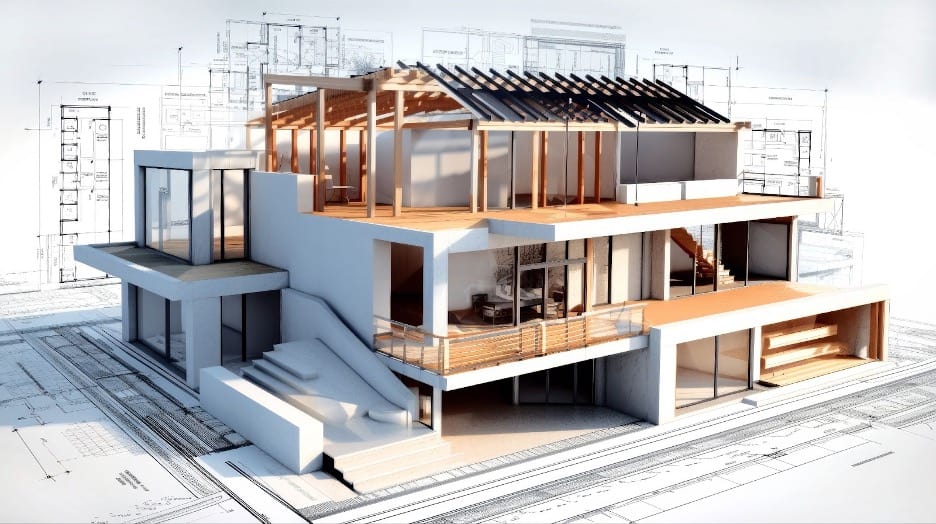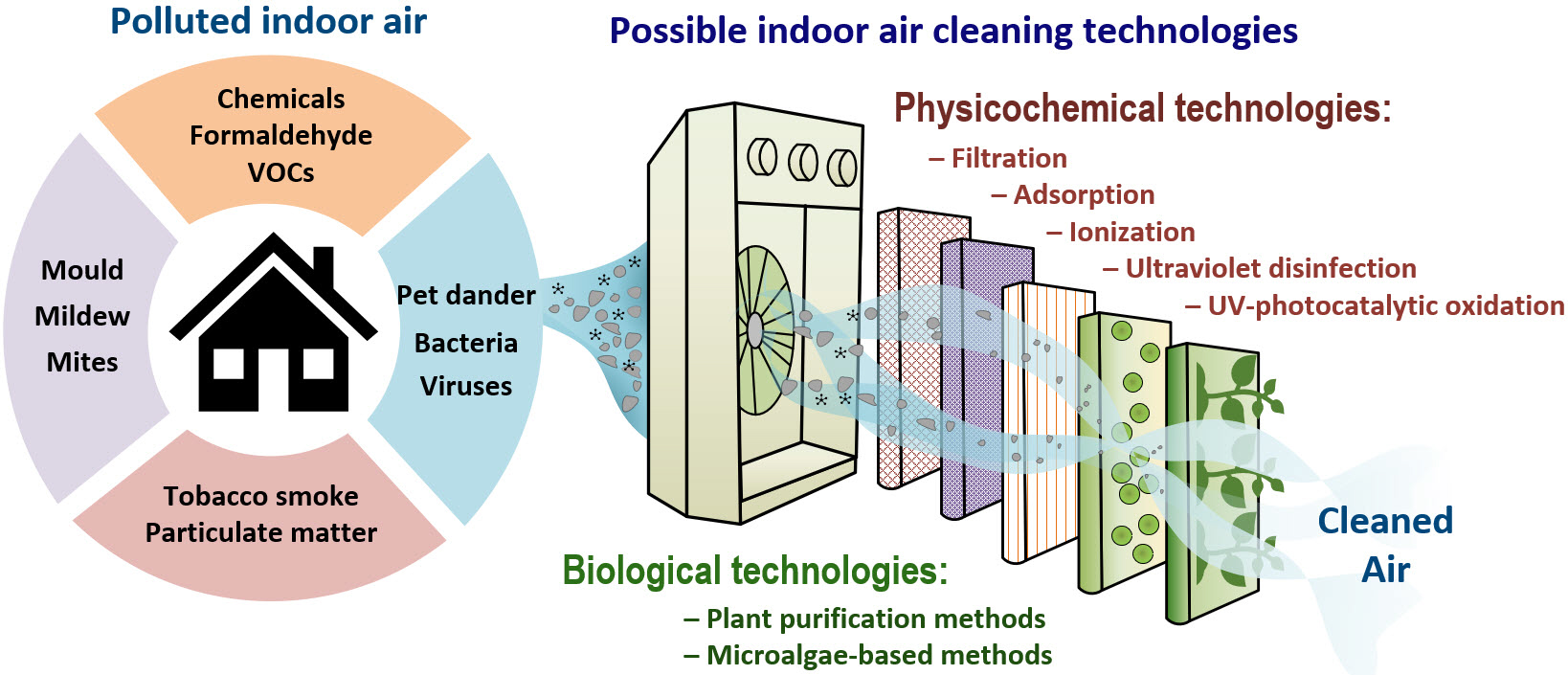The landscape of building design is undergoing a radical transformation, thanks to the advent of new technologies and materials. This revolution not only promises to change the way structures are conceptualized and constructed but also aims to address some of the pressing concerns of our time, such as sustainability, efficiency, and durability. In this exploration, we delve into various facets of this revolution, spotlighting the innovative materials and technological advancements that are setting new benchmarks in the construction industry.
The Emergence of Smart Materials
One of the most significant breakthroughs in modern construction is the development of smart materials. These materials can adapt to environmental changes, offering unprecedented efficiency and resilience. For instance, self-healing concrete contains bacteria that produce limestone to fill cracks when exposed to water, thereby increasing the lifespan of structures. Similarly, phase-changing materials can absorb or release heat, which significantly enhances energy efficiency in buildings.
The Role of 3D Printing in Construction
3D printing is no longer just a tool for prototyping; it has found a robust application in the automotive, construction sector, and PCB production. This technology allows for the creation of complex, customized shapes with a high degree of precision and at a fraction of the traditional cost and time. The implications are vast, from printing entire building structures to creating intricate architectural elements. This not only accelerates construction processes but also opens up new possibilities for design aesthetics.
Integration of IoT in Building Design
The Internet of Things (IoT) is another frontier radically altering building design. By integrating sensors and smart devices into buildings, architects and engineers can monitor and control various aspects of a building’s performance. This integration leads to smarter, more efficient buildings that can adapt to their occupants’ needs, reduce energy consumption, and improve overall comfort and safety.
Sustainability and Eco-friendly Materials
Sustainability has become a central concern in building design. The use of recycled materials, green roofs, and energy-efficient designs are no longer exceptions but increasingly the norm. Materials like bamboo, which is highly sustainable and robust, are becoming popular in modern architecture. Additionally, the use of solar panels and wind turbines is becoming commonplace in buildings, contributing to a greener, more sustainable future.
Innovative Solutions in Structural Engineering
Structural engineering is also benefiting from these technological advancements. The use of lightweight yet strong materials, such as carbon fiber and advanced polymers, is revolutionizing the way buildings are supported. These materials not only reduce the overall weight and cost of structures but also offer greater flexibility in design.
In this context, a noteworthy mention is the integration of specialized components like plumbing expansion joints in building design. These joints are crucial in managing the thermal expansion and contraction in piping systems, ensuring the longevity and safety of both the plumbing system and the building structure. Their application is a prime example of how attention to detail and the integration of specific, functional components can significantly enhance the overall integrity and functionality of modern buildings.
Automation and Robotics in Construction
Robotics and automation are playing an increasingly vital role in construction. Automated machinery and drones are being used for tasks ranging from site surveying to laying bricks, which not only speeds up the construction process but also improves precision and reduces labor costs. The potential for robotics in hazardous or hard-to-reach areas is particularly promising, offering safer and more efficient construction practices.
Adaptive Reuse and Flexible Design
Finally, the concept of adaptive reuse is gaining traction in the field of building design. This approach involves repurposing existing structures for new uses, which is not only cost-effective but also environmentally friendly. It reflects a shift towards flexibility in design, allowing buildings to evolve over time according to changing needs and functions.
Conclusion
The revolution in building design, fueled by new technologies and materials, is not just a showcase of human ingenuity but also a response to the evolving needs of our society. As we face challenges like urbanization, climate change, and resource scarcity, these innovations offer hope for more sustainable, efficient, and resilient structures. From the integration of plumbing expansion joints to the use of smart materials and IoT, each advancement contributes to a future where buildings are not only structures but dynamic systems capable of adapting and responding to their environment. The journey of transformation in building design is ongoing, with each new technology opening doors to unexplored possibilities, ensuring that the structures we build today are fit for the needs of tomorrow.





